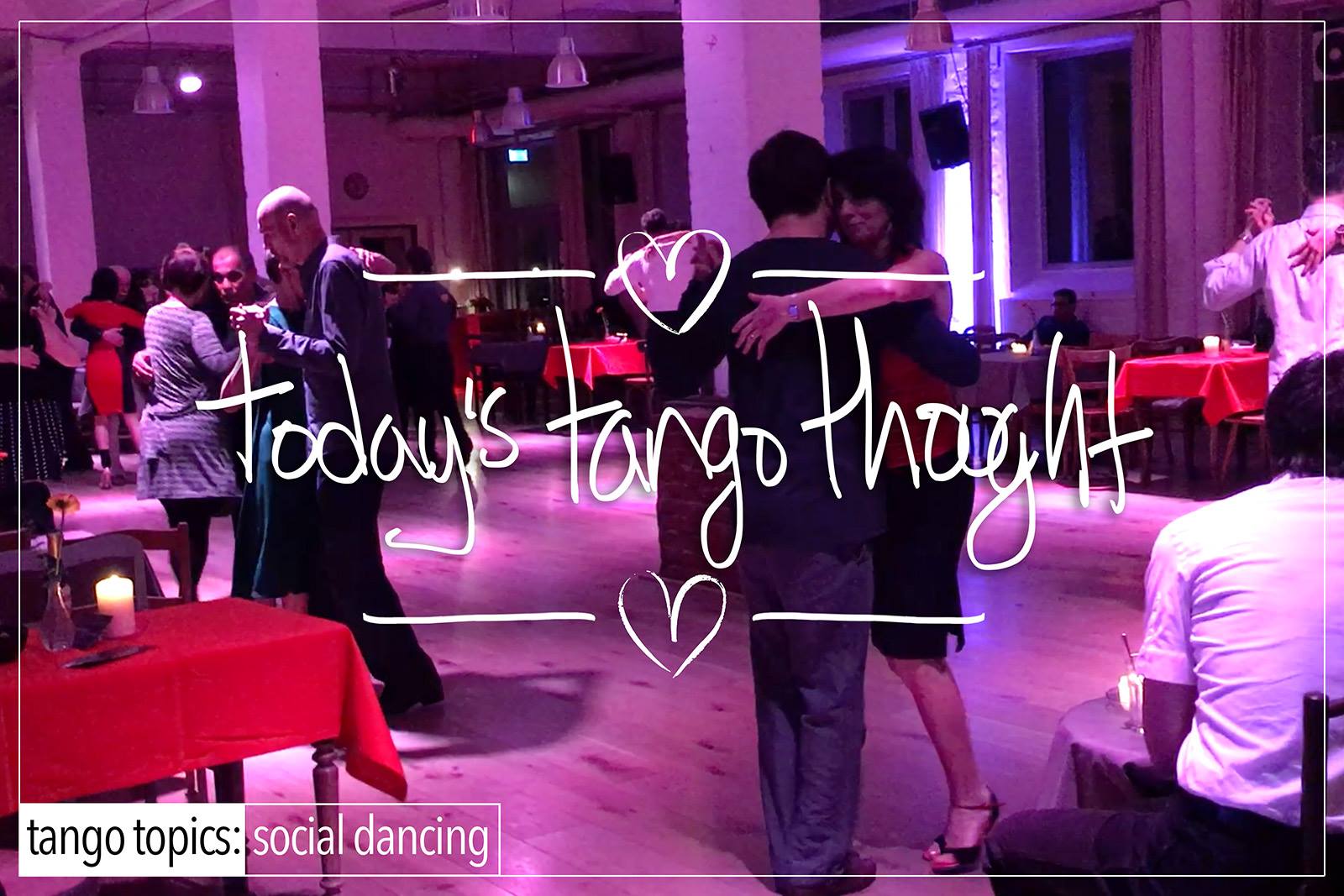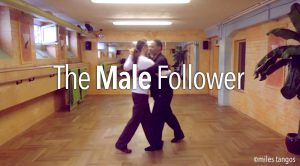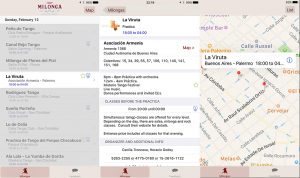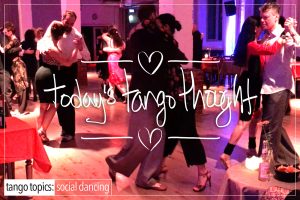At some point you’re going to have an experience where the person you’re wanting (operative word in the sentence) a dance with, who just happens to be physically very attractive, and assuming they accept your cabeceo or mirada, the experience is more than likely not going to be what you were hoping for. Most notably for a variety of reasons.
Let’s cut to the chase here: Just because they’re physically attractive, does not mean that that person knows how to dance. Frequently the very pretty ‘look’ nice, stop there. And to be clear about ‘looking nice’ we have to drill down a bit because there are 2 possible meanings to this phrase. 1.) Their physical appearance is visually appealing to you. and 2.) They lines of their form that they generate from movement to movement is visually appealing to your understanding of what the form wants to be in your understanding of the form. Got it ?
And now to all the reasons why this may not be a desirable dance: Pushing, Pulling, Hanging, Compression, Tension, Resistance, Force, Wobbling, Wavering, Instability, Their Walk, Their Embrace, Their Understanding of The Music or Lack There Of, and Floorcraft, just to name a few of the more important ones. The reality is that a good portion of those that visually appear to be visually attractive and those that appear to be generating visually nice lines in their form, are from a Tango Topics perspective more than likely not engaging in Intention Based Dancing. And as a direct result of that, the dancing will more than likely involve lots of pushing and pulling and thereby not be a pleasant experience.











